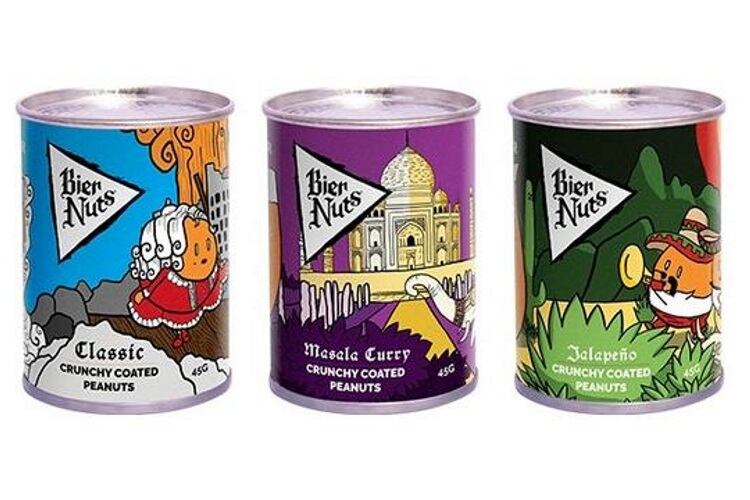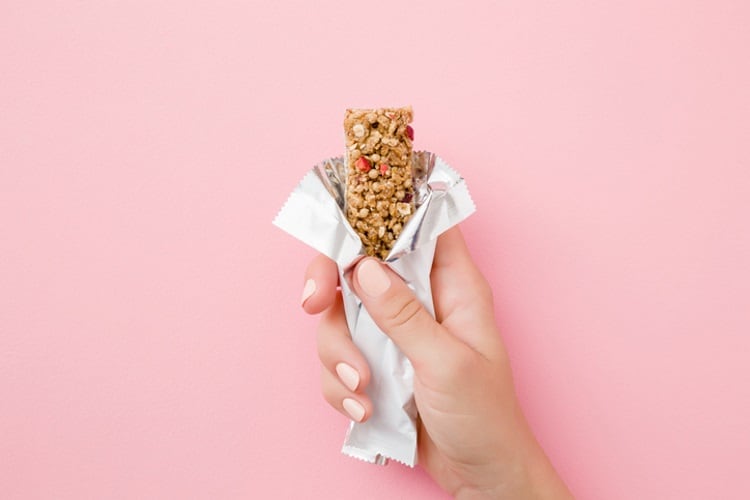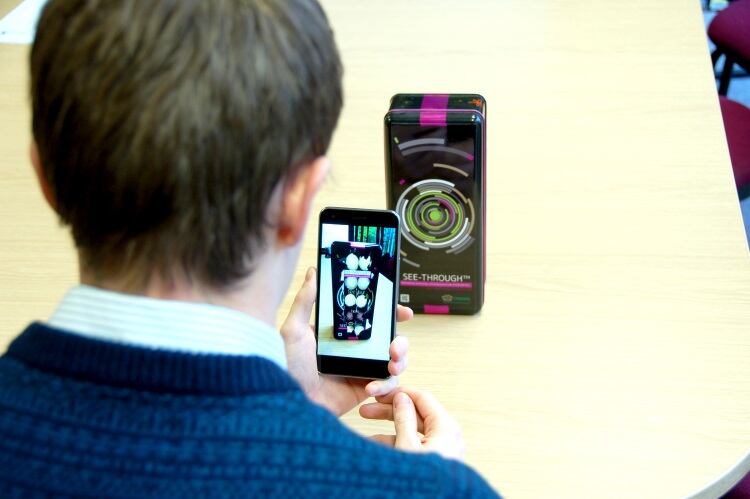At a time when the health of the world is at the forefront of the news, it is not surprising that consumers are increasingly mindful about making positive changes in what they eat. At the same time, despite the slowdown enforced by the lockdown, their fast-paced lifestyles are still as busy as ever and snacking plays an important part of nutrition.
Snacks packed with sodium and fats will always be popular, but consumers are increasingly demanding healthier options and the healthy snacks market is burgeoning, expected to grow at a 5.07% CAGR to reach an impressive $32.3 bn by 2025. In the UK – the largest European market for heathy snacks – 31% all snacks consumed are considered to be healthy, according to Kantar.
Healthy, flavoursome, sustainable
Snacks like nuts are often packaged in metal cans, such as Bier Nuts, but they also wanted the containers to be 100% recyclable.
The key is balance and while consumers want healthy options, they also demand great flavour as part of the package. The brand’s crunchy coated nutrient-dense peanuts – in Classic, Masala Curry and Jalapeño variants – can certainly be considered part of a balanced diet. And from a packaging perspective, metal is in line with the brand’s sustainability policy.
The substrate is effortlessly sustainable. Once the contents of a package have been consumed, the metal can be recycled infinitely without loss of physical properties. Many materials, once recycled, can only be used for a lesser quality product, whereas a metal recycled today could be back on the retail shelf in the same guise.
It is also worth noting that the vast amount of metal produced for packaging is still in circulation today. This element is key, as by keeping metal within the material to material loop, the reliance for virgin resources is reduced, making the most of what is already available.
This is important as consumers are seeking to align themselves with brands that demonstrate a commitment to sustainability, both in how they manufacture and package their snacks.
A recent study found that nearly eight in 10 respondents indicate sustainability is important for them when making a purchasing decision, of which 70% said the issue is ‘extremely important’ and would pay a premium of 35%, on average, for brands that are sustainable and environmentally responsible.
Metal packaging excels in this area and there are hundreds of plants manufacturing this in Europe, each of which is a recycling plant in its own right.
Protecting the premium
At the same time, many elements of a metal package can push it towards the premium end of the spectrum.
By its nature, the material conveys an innate sense of luxury and value, as it is solid, robust and gives a feel that the contents within are distinctive and worth protecting. Functionality can also enhance the premium feel, and consumers are drawn to elements like resealability and portability.
Finally, there is the product protection element and the effects metal packaging has on the safety and longevity of the contents.
Mintel’s Global Food and Drink Trends 2019 Report defines sustainability as ‘extending to encompass the entire product lifecycle’ and once packaged in metal, healthy snacks are protected from both light and oxygen – two of the biggest culprits of the premature degradation of ingredients.
Ultimately, healthy snacks and metal packaging are symbiotic match, allowing consumers to consciously choose snacks that will boost their personal health, while also being focused on the health of the planet.




